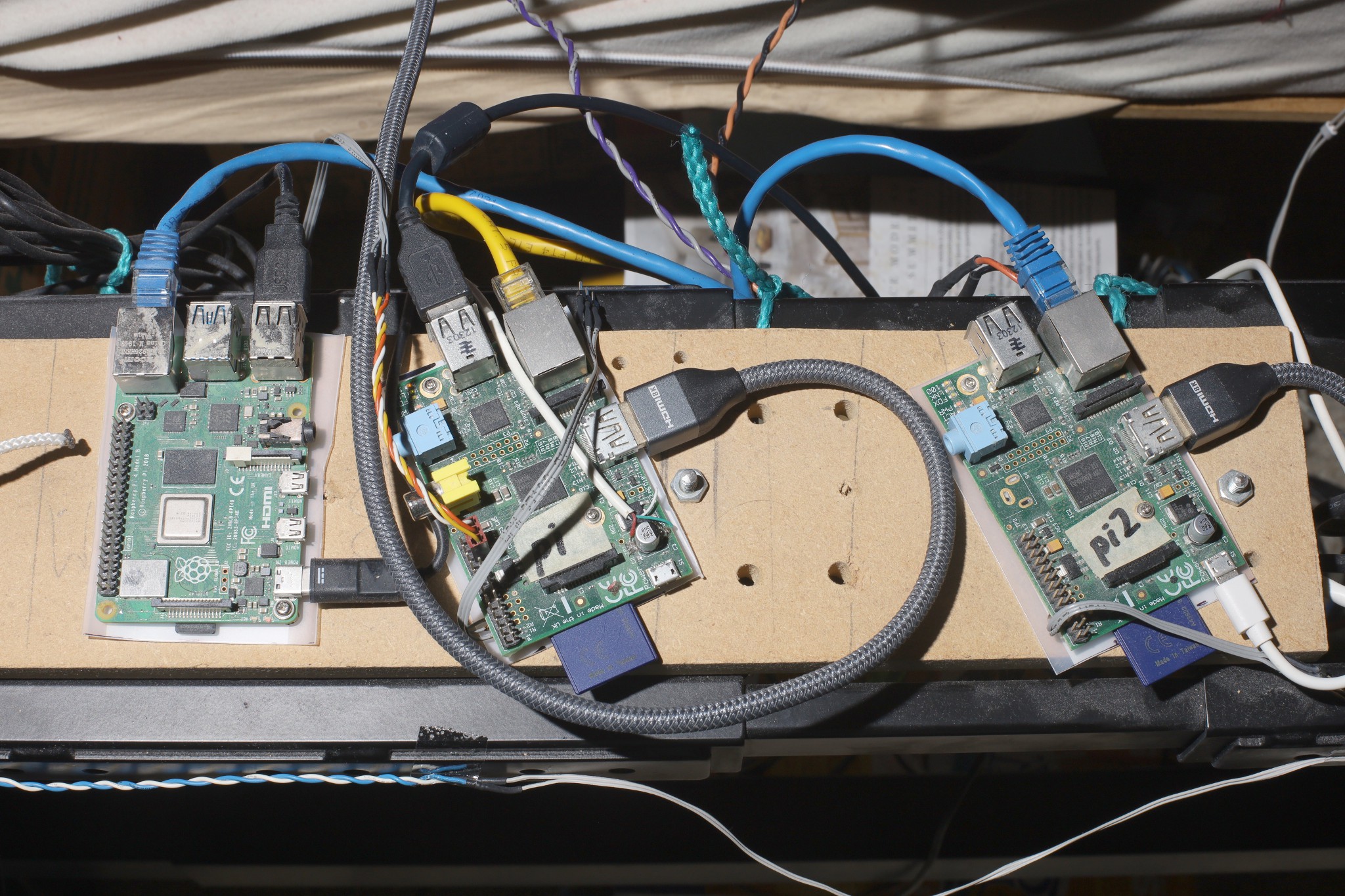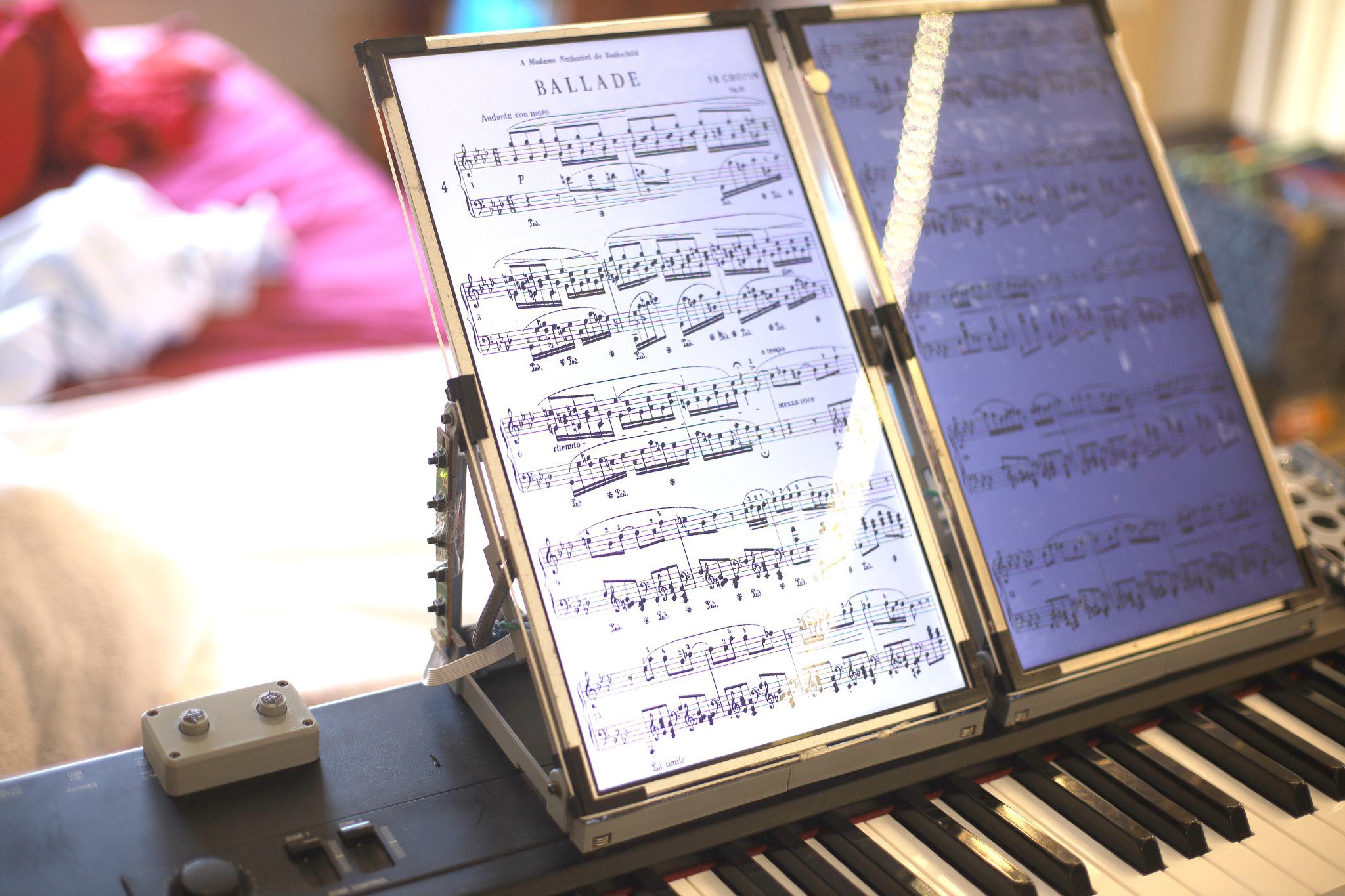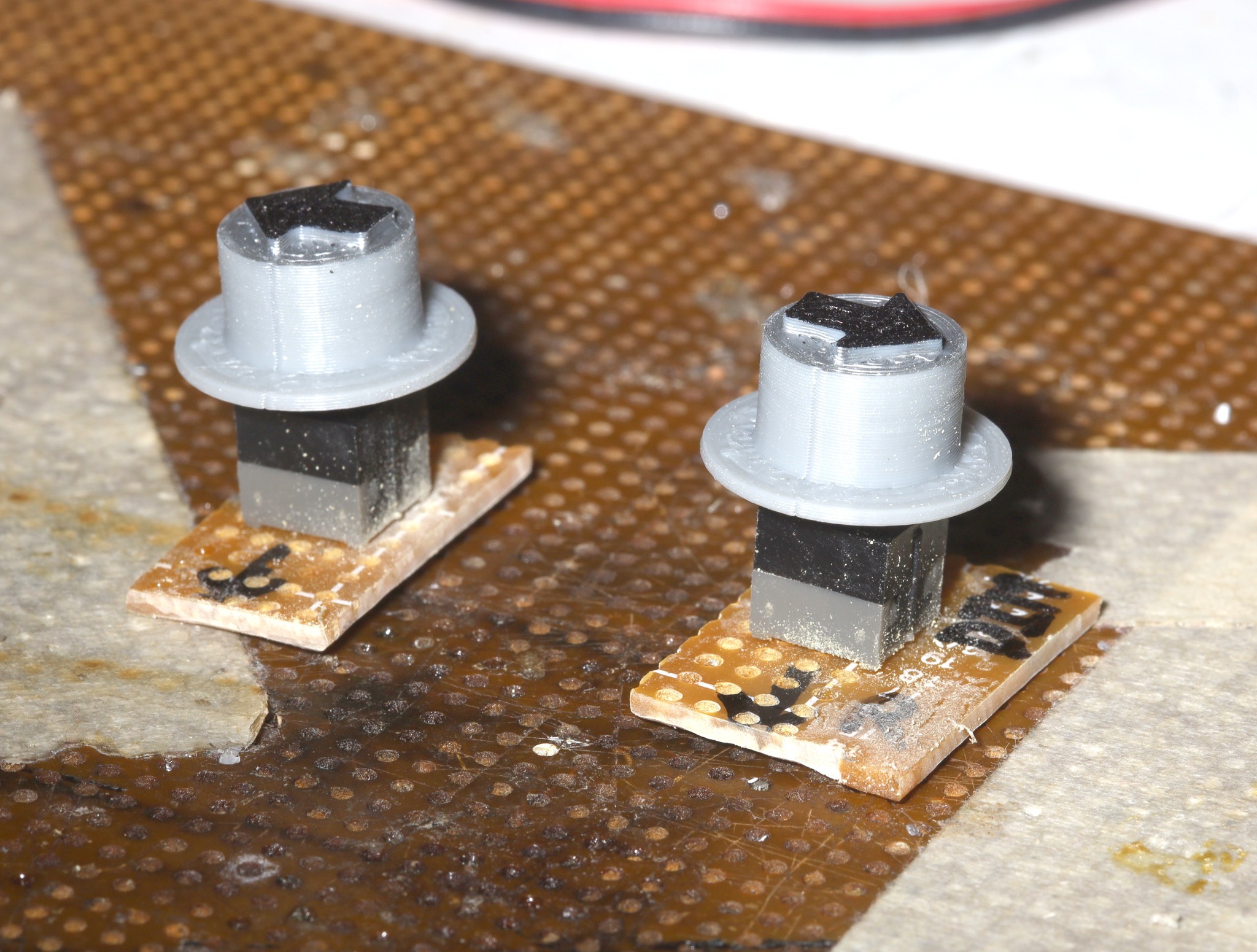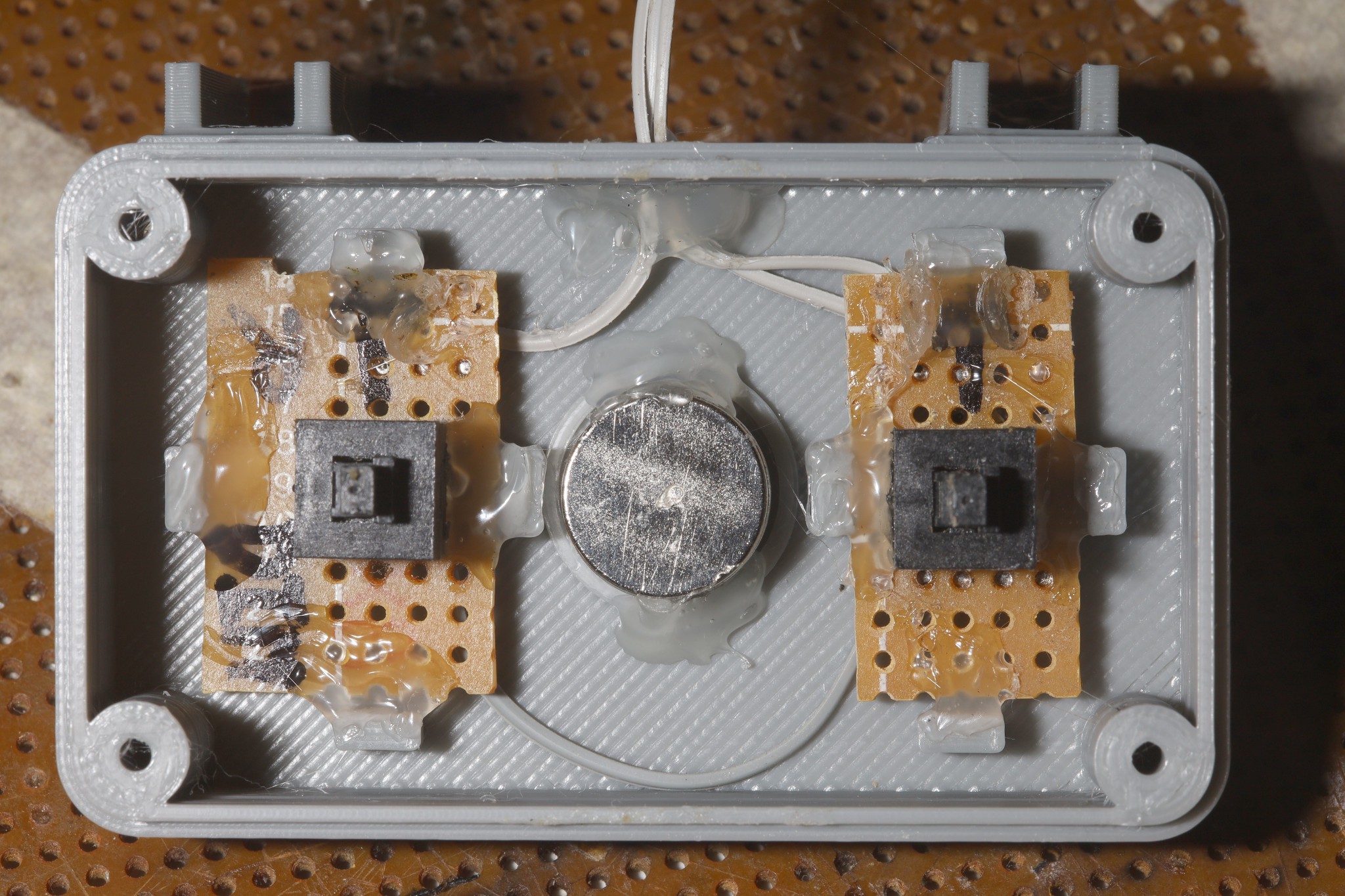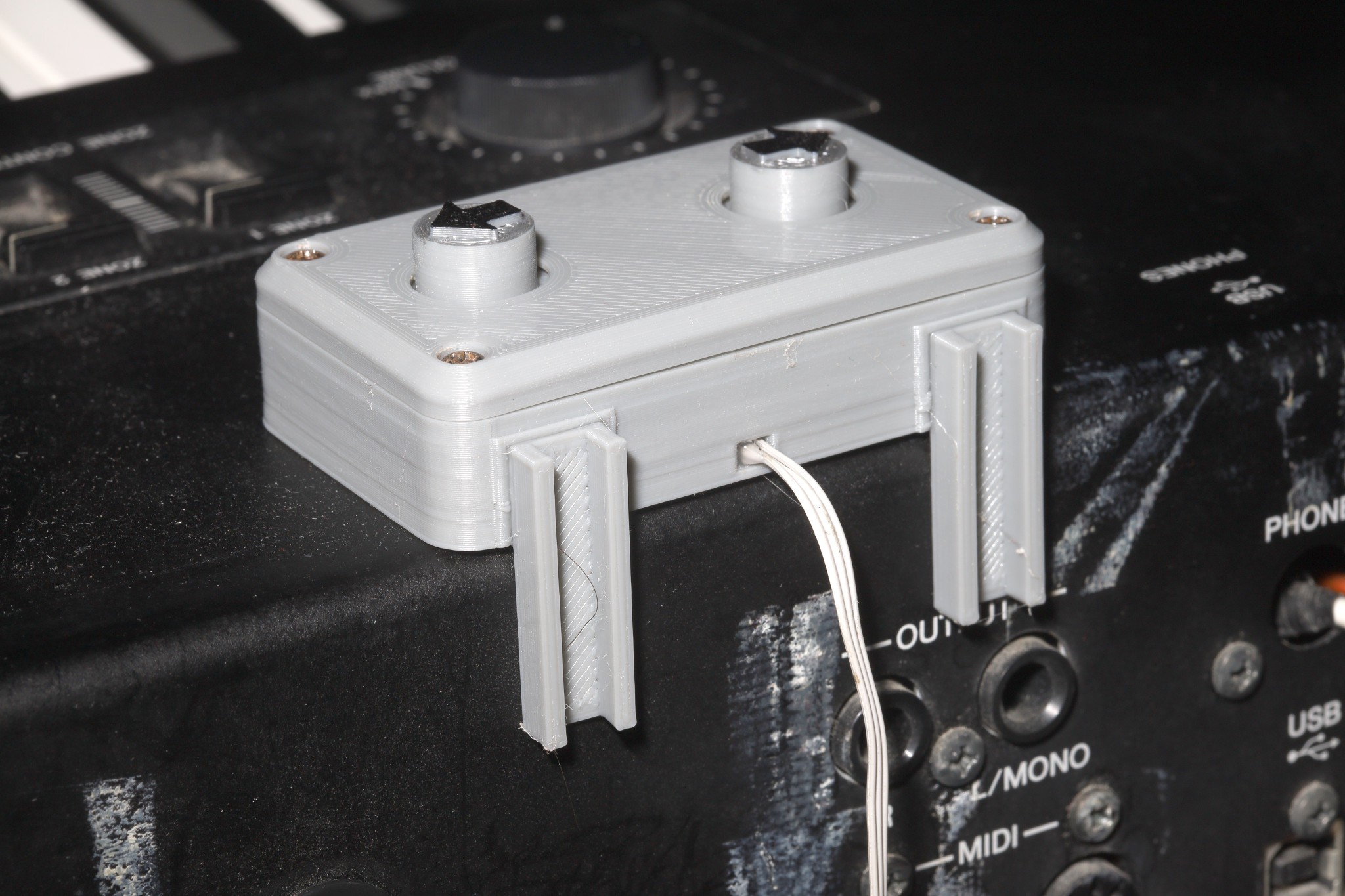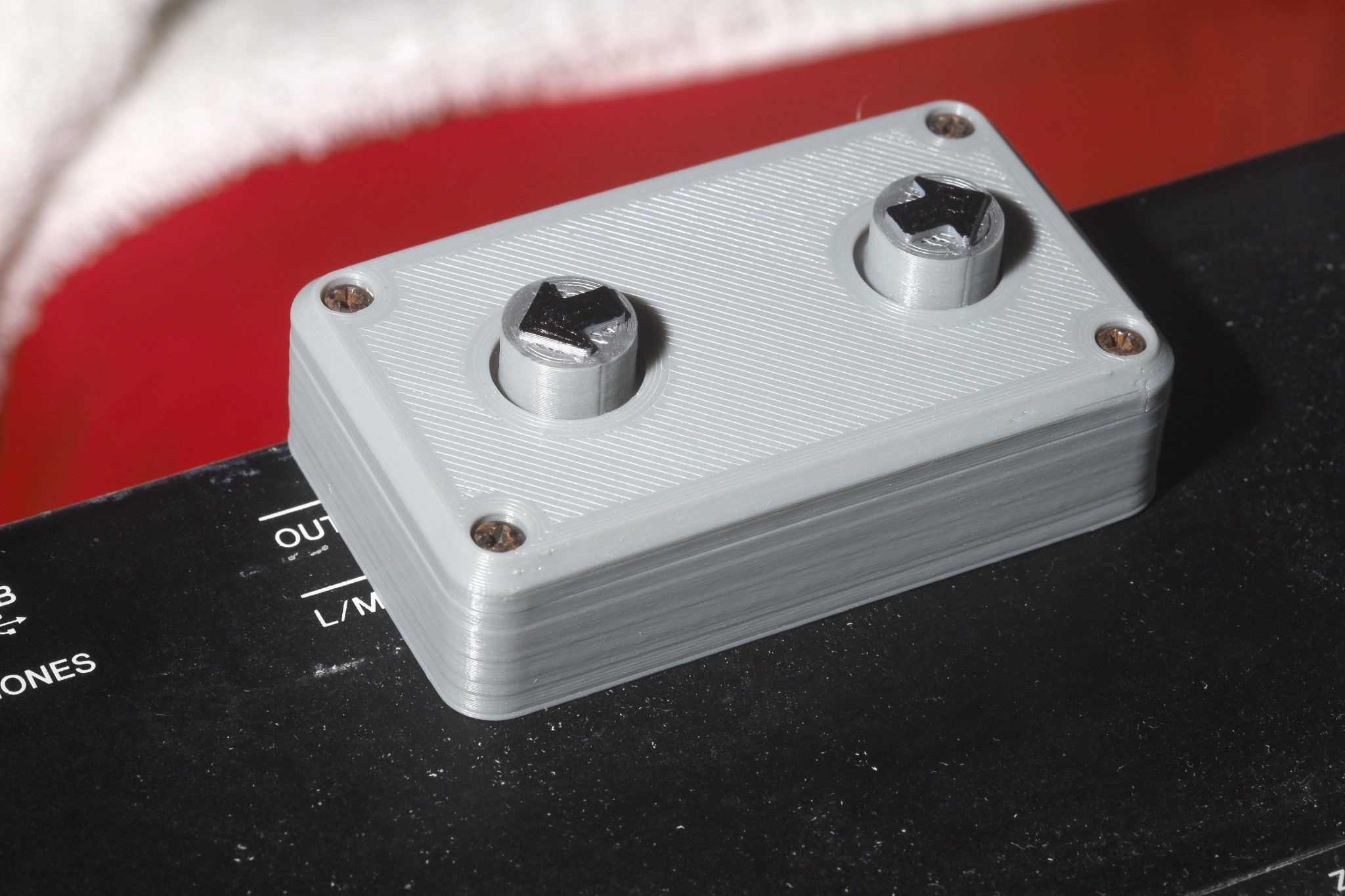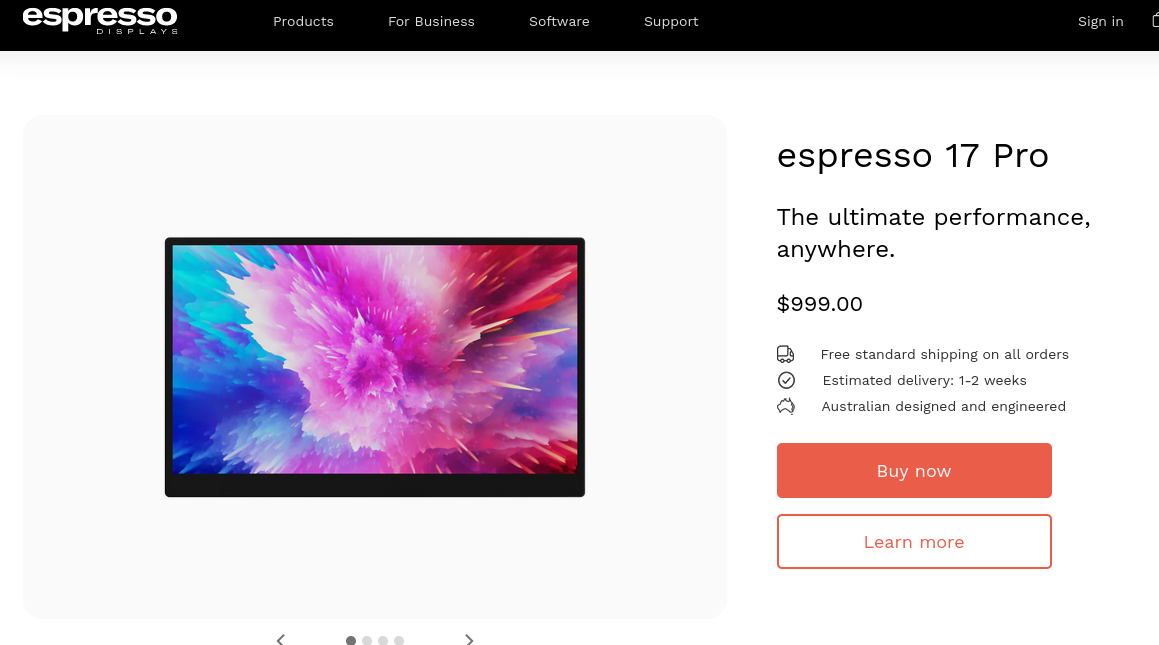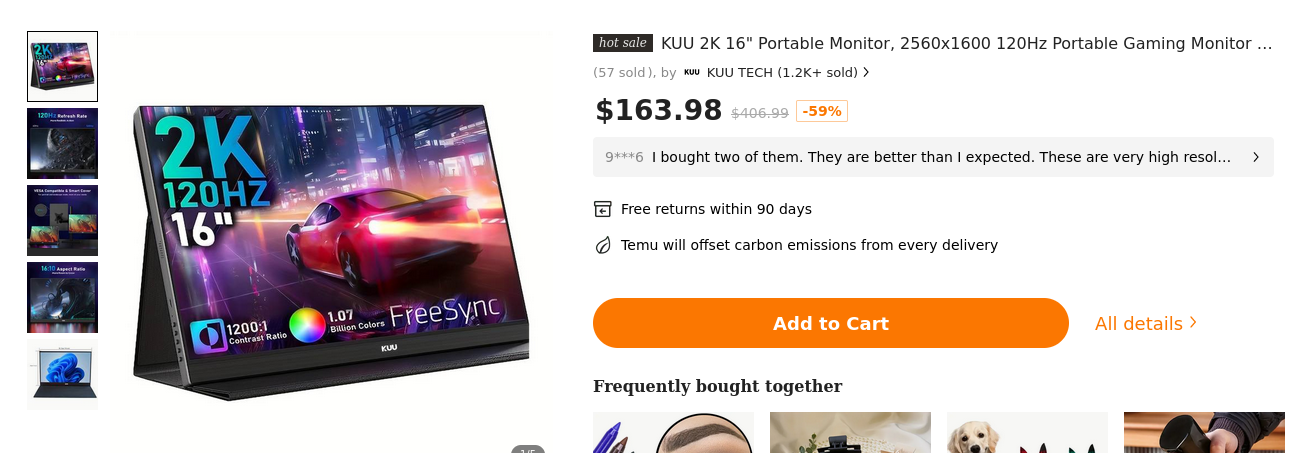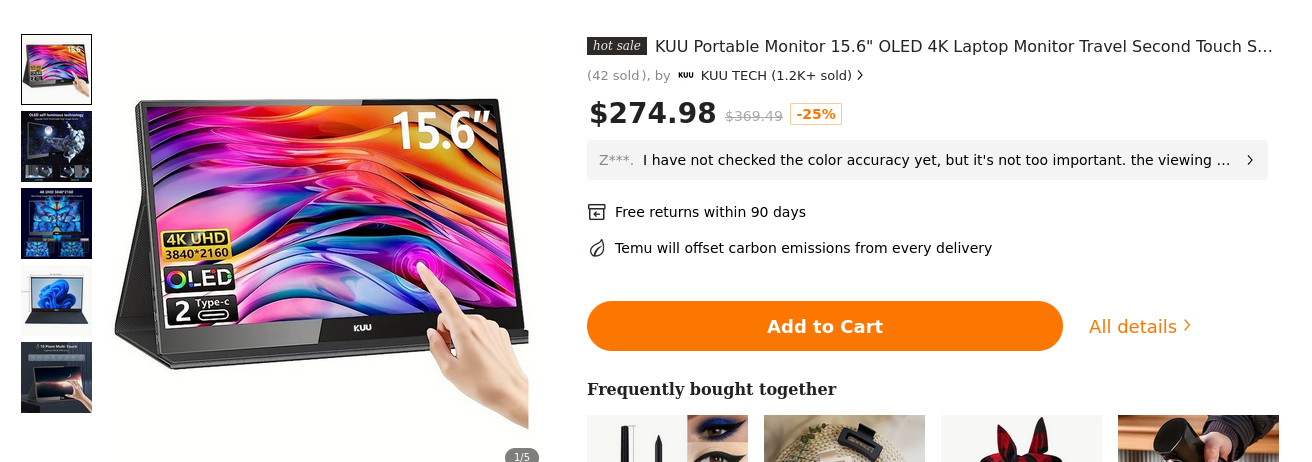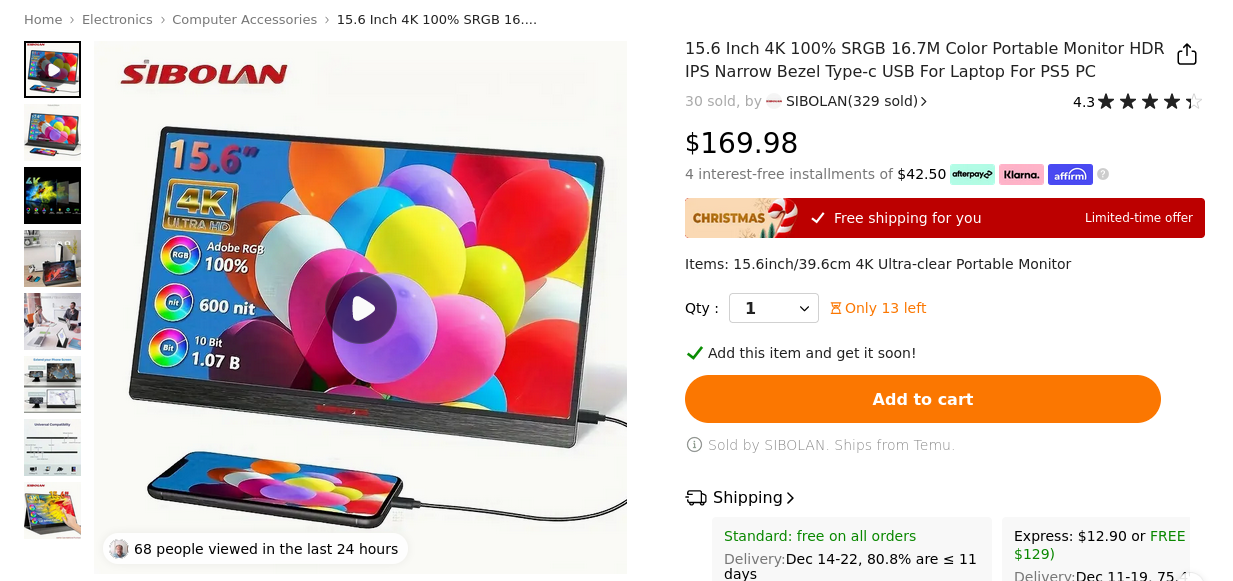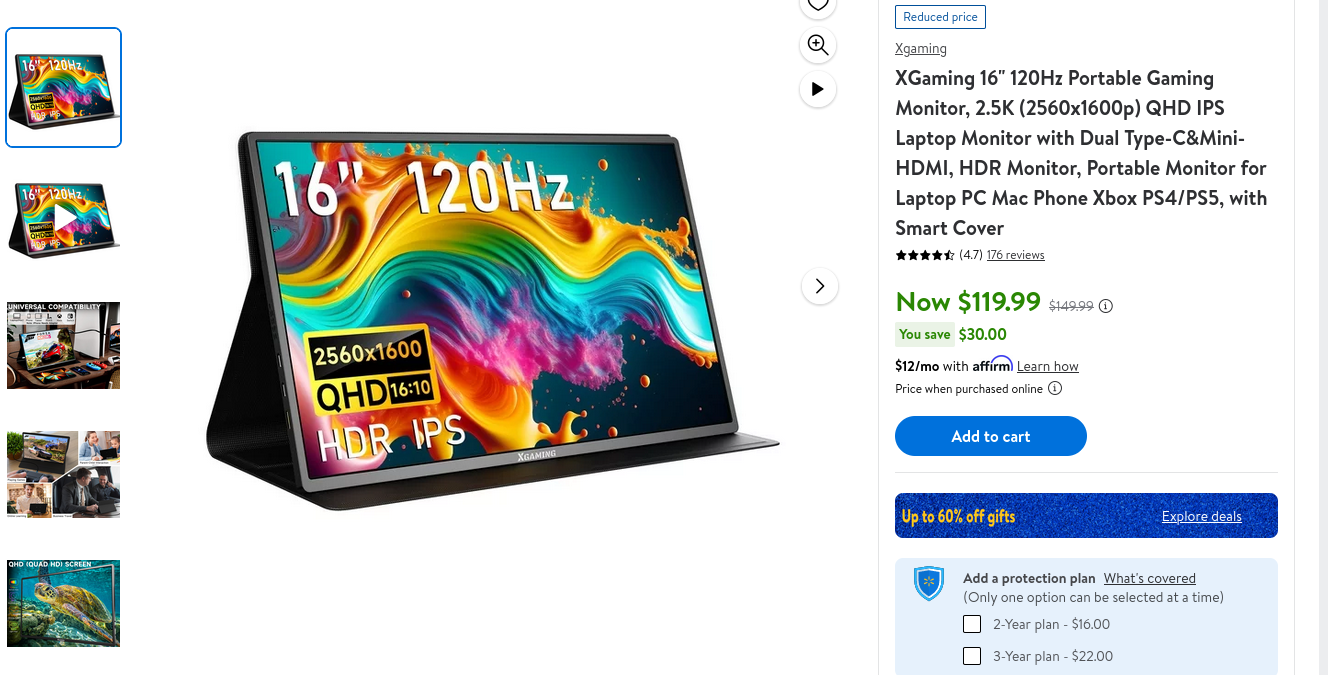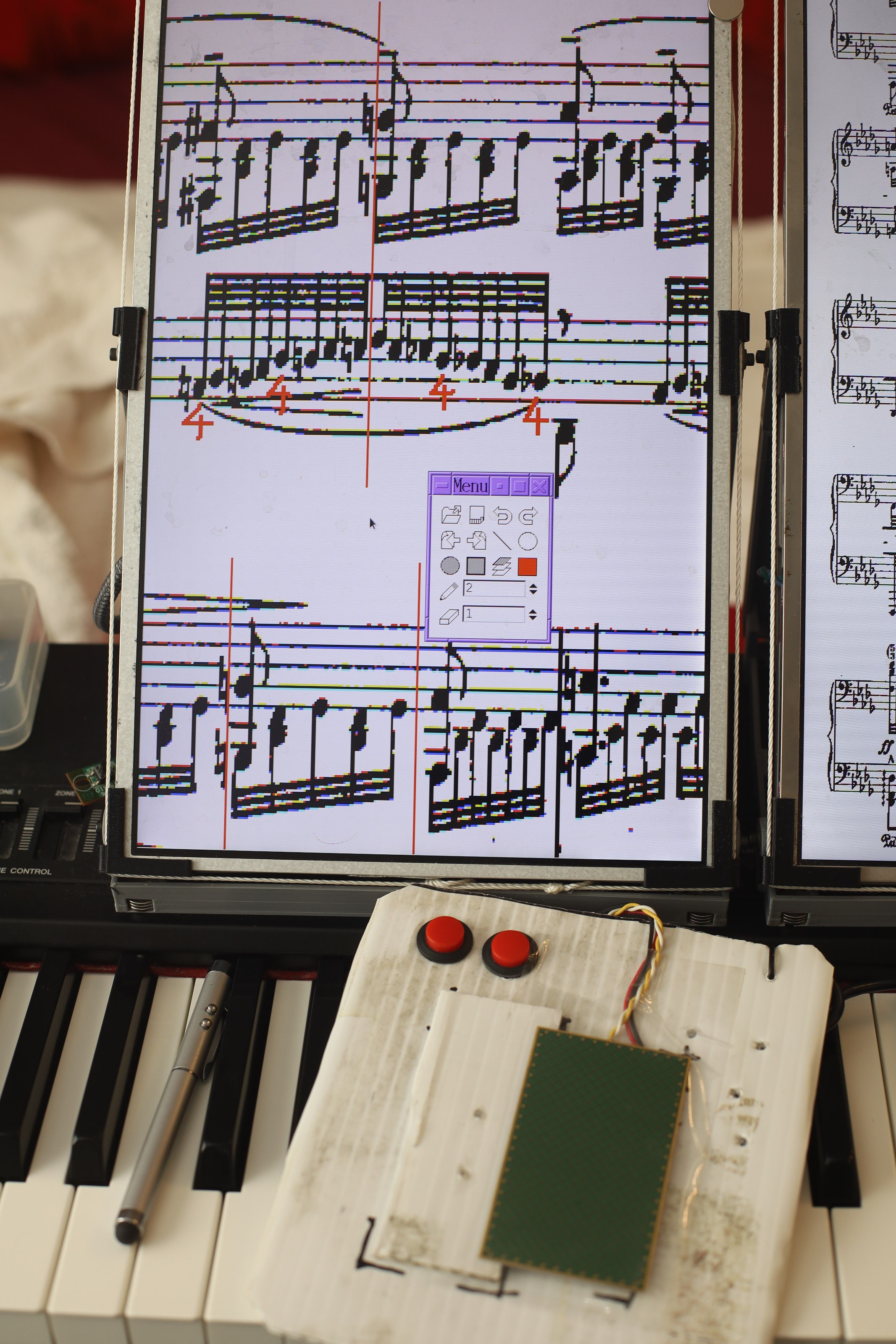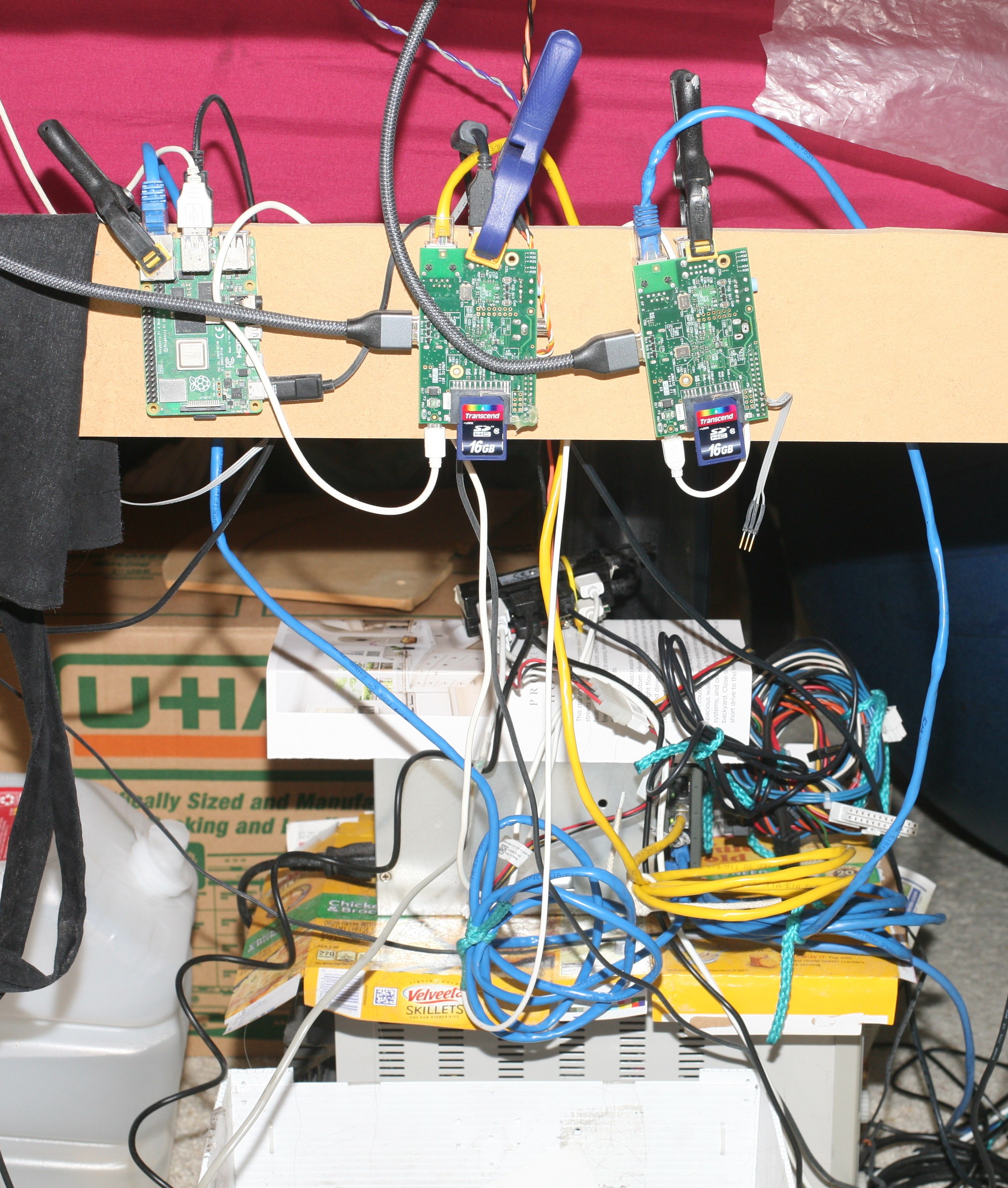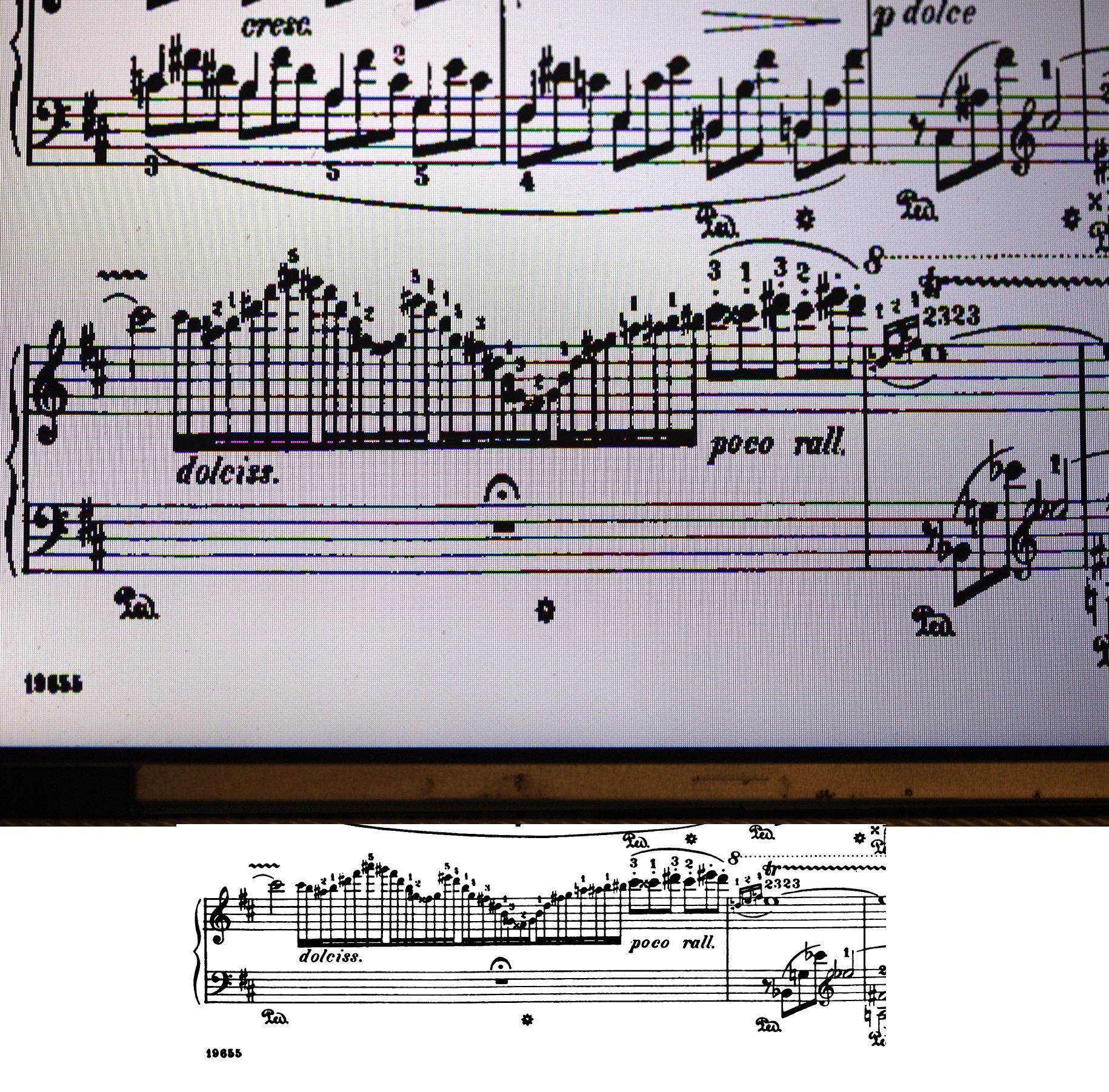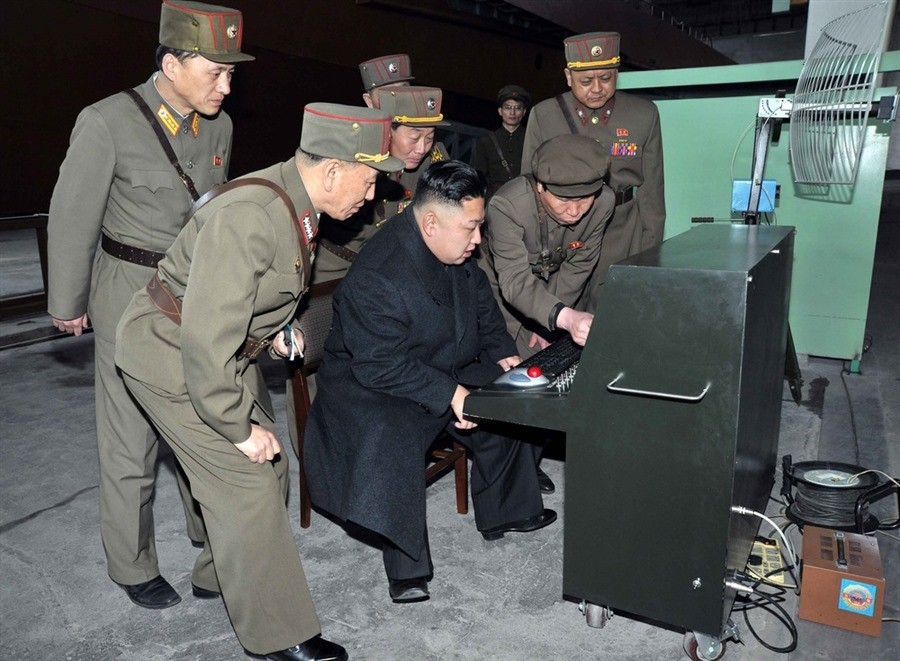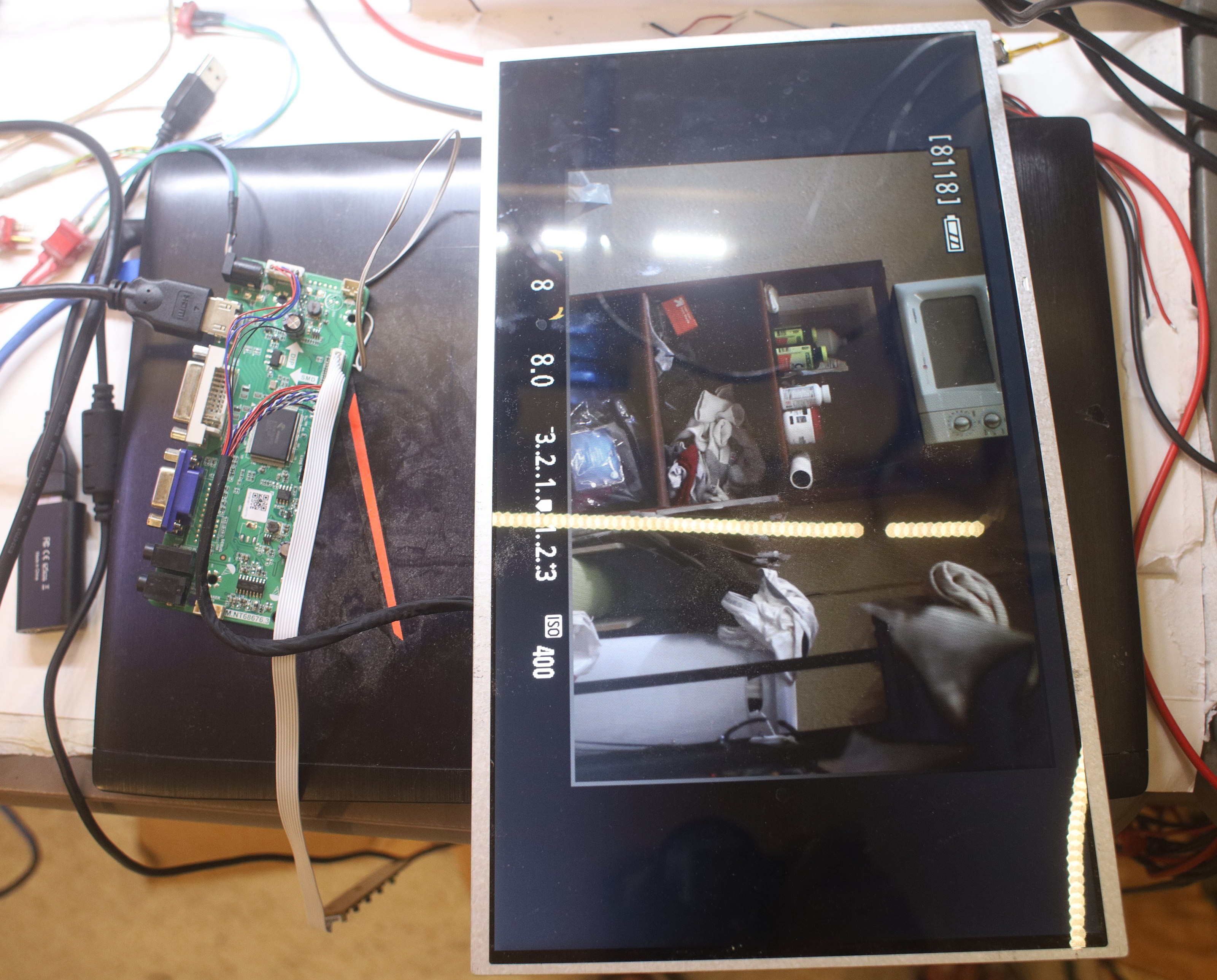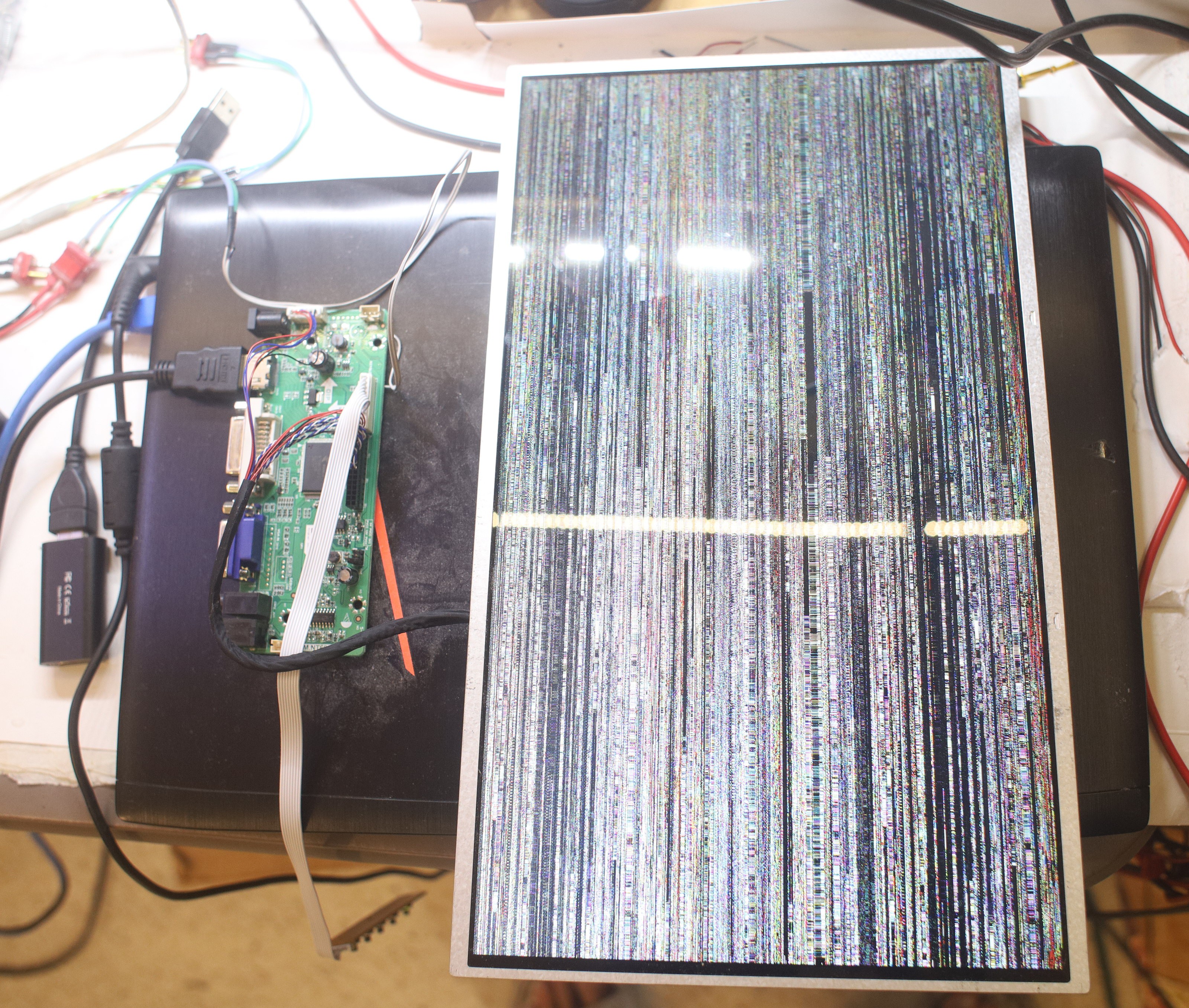-
Death of the PI 1B's
06/30/2024 at 22:22 • 0 commentsIt came to pass that the trackpad firmware had a bug where it would usually fail to initialize the Elan 33059 without a few resets. Resetting the microcontroller rather than unplugging USB seemed to be required to get it to start. That pointed to needing another delay for the Elan 33059. The delay seemed to help but it still required many power cycles to start.
The next improvement would be soft touch buttons for the trackpad. There's less danger of chinese pinball buttons causing injury because they're thumb activated. That requires an enclosure. The trackpad has been horrendous, overall. Lions have been pondering proper drawing features like text entry, 3 point curves, baked note shapes. Maybe a partial keyboard on the pointing device would replace the menu.
The next question was a music composition program. The problem is nowadays, that's more of a legal battle since every combination of notes is copyrighted. Any original composition just ends up funding someone else's mortgage. It might be acceptable if it wasn't for the fact that funding someone else's mortgage causes your rent to go up but productivity of any kind is a loss for renters. The only way productivity isn't a loss is by having equity.
---------------------------------------------------------------------------------------------------------------------------------
After 3 years, this dual raspberry pi system began to die so frequently as to become almost unusable. It seemed to be the piss poor network driver, but more likely they're just wearing out. They have no frequency scaling but run at 700Mhz constantly.
Rather than try any more fixes, it would ideally be replaced with newer 1920x1080 monitors driven by a single raspberry pi. The problem is the final solution was always seen as a single 4k monitor. Except for that, the next best solution would be dual 4:3 monitors, but 4:3 is super expensive. Lions envision a time when 4:3 comes back to mass production because of vertical video.1920x1080 got a lot cheaper than 3 years ago but would still be a hefty tag & a lot heavier than the 1366x768's. Head mounted displays with the required resolution would still be too expensive. The monitors could be stripped down to the modules again.
The dual raspberry pi was most reliable when they were all connected to another switch. Things went downhill after they went on a new switch from a day job closet so there was a chance the new switch was the problem. In hind sight, the smart move might have been not to touch the damn thing & leave 3 network cables on the floor as they were. Changing ports & cables temporarily got it more reliable, but it eventually died.
![]()
Finally added some insulators under the boards & chat gpt made a smarter script to keep the network alive.
while [ 1 ]; do sleep 1 if ! ifconfig eth0 | grep -q "10.0.10.12"; then echo "drop kicking eth0" ifconfig eth0 10.0.10.12 netmask 255.255.255.0 fi doneThis once again made it temporarily more reliable, but it regressed the longer it stayed on. Network & USB both seemed to be failing. The way they started out functional & regressed over time pointed to some thermal degradation. They were about as slow as bearable at 700Mhz. Lowering the clockspeed wouldn't be an option.
-
New page turn buttons
06/30/2024 at 22:15 • 0 comments![]()
After years of horrendous chinese pinball machine buttons, it was time to upgrade to soft touch MHPS2283V buttons. The amount of force required by the pinball buttons eventually causes injuries.![]()
The soft touch buttons require carrier boards which must be painstakingly trimmed to get the positioning right.
![]()
Then they need to be hot snotted in. There's no way to service the wiring after that. The hot snot interfered with the upper standoffs. There should be a smarter way to mount MHPS2283V's besides carrier boards. A carrier board was necessary for 8 but PLA might be good enough for 2.
![]()
The upper standoffs made it bulge on purpose.
![]()
Alignment was still slightly off but they managed to not jam.
![]()
There were problems. There were too many layers below the magnets. The bottom was too slippery. The magnets should be as close to the edge as possible. Maybe the magnets should go on the back.
The only thing which might improve servicability is making it bigger, but there's limited space in the apartment.
-
Monitor replacement theory
06/23/2024 at 06:22 • 0 commentsThe old raspberry pi 1's had progressively more & more outages over the years. The problem seemed to be the notoriously bad networking drivers. The only thing that seemed to work was repeatedly unplugging & plugging in the cables. The pi 4 used for audio processing never had any problems. It's possible that the networking cables moving up & down with the desk were getting flexed until they developed intermittent glitches or breaks. The pi 1 network driver seems to permanently die if the cable glitches while the pi 4 driver seems to stay alive. It's problematic if the desk is moving. There's not enough room to keep the desk in 1 position.
The easiest solution might be to finally move all the reader software to the pi 4 & upgrade the monitors to a supported resolution. Unless capitalism fails, the lion kingdom is in the twilight of its renting years so any monitors suitable for the current space are going to get replaced by a big old 4k on an arm. That could be 5 or 10 years from now. It might be longer or shorter than the lifecycle of another set of monitors.
https://www.amazon.com/dp/B0B9NNWXVP/
Portable 16:9 1920x1080 is back to 2019 prices. It would be a $200 tag. Any other size or resolution than just that 1 is priced to infinity. 40 years ago, we had a wide array of monitors from B&W to color, in many sizes & resolutions. Nowadays, there's just 1.-----------------------------------------------------------------------------------------------------------------------------------------------------------------------
https://www.amazon.com/RayNeo-Air-Glasses-Ultra-fast-Brightness/dp/B0CJXVPQF8
Using a see through head mounted display to display music is an intriguing idea. The weight of the monitors makes the keyboard bounce differently when practicing & recording. The monitors get in the way of the paws. They tend to attract spiders. Lions haven't seen any spiders but they're definitely leaving webs.
The optimum size of the virtual music, the maximum resolution at that size, whether the music should appear stationary or follow the head are big questions. The glasses would be vastly more expensive than monitors. They would need diopter inserts. When recording, you wouldn't be able to see the lion's eyes. It seems a head mounted display is inevitable, one day. Maybe it'll happen instead of a giant 4k monitor.
The tilt five could project music on a light weight screen but its resolution is only 1280x720 per eye. The xreal air 2 only does 1920x1080 per eye. The only see through headsets seem to not have enough resolution. Only headsets with synthetic paws have enough resolution.
----------------------------------------------------------------------------------------------------------------------------------------------------------------------------------
The pi's also need a better mounting system. It's not practical to disassemble the entire stand to access them.
-
Updated screen offerings
12/07/2023 at 19:29 • 0 comments![]()
https://us.espres.so/products/espresso-pro
This is a 17" 4k, portable display which would bring back the ability to directly write on music with the required accuracy. The height is 15.6". The historic height of staff paper is 12" but 15.6" is the smallest with 4k.
Of course, you'd have to be stupid to pay that much & it would take 2 monitors to fully to the job but it showed considerable improvement in portable monitor offerings.
![]()
There's 2560x1600 in a 16" without touch.
![]()
The pride of China is a 15.6" with touch & 4k.
![]()
Then for the same price of 2560x1600 is 4k from another brand. Lions doubt the truth of some of these chinese deals.
![]()
Then there's a Walmart deal. 2560x1600 might be the sweet spot.
Lions couldn't justify upgrading the current music display, given its level of use & how 1366x768 has been just good enough. 1366x768 would definitely be enough for composition. The higher resolution would only be needed for annotations, more serious playing, or maybe a more expensive instrument.
-
Annotation Busted
06/14/2023 at 23:09 • 0 comments![]()
Annotating music with this system has proven to be a dumpster fire. Despite every effort with the zoom feature & the stylus, it just doesn't work. The mane problem is the resolution is too low. Even 1080x1920 wouldn't be high enough resolution to simulate writing tiny numbers on paper. Every pixel has to count so cursor movements are real slow, trying to hit the exact pixel. Drawing accurate lines with fat pixels is real hard. Constraining to certain angles might be necessary.
The zoom level makes a slight difference, but it still feels like the cursor is always on the edge of 2 pixels & you have to move very slowly to hit the right pixel. The stylus isn't as smooth as hoped. It sticks & stutters along. It's not much better than drawing with a joystick in 1984.
The line tool is slow but accurate for drawing text. The pencil tool can draw slightly faster but very messy text. The circle tools are essential for drawing notes, but it's real hard with fat pixels. The pencil tool has only been useful for drawing dots. Hollow & filled ellipses for the pencil tool might make it faster for drawing notes than the circle tool. A virtual keyboard & a text tool seem to be the biggest need.
Maybe a capacitive touch screen should replace the track pad, but that's an expensive proposition. It might be time to reconsider a trackball. There's also going with a small mouse or using a phone screen as a track pad.
This system might still have potential for notation capture, since that doesn't involve any manual drawing. The sizes of all the symbols can be fixed, so the precise positioning of fat pixels can be automated.
-
Fixing NFS
12/08/2022 at 00:02 • 0 commentsThe immediate desire was getting rid of NFS & sending the score inside the load command. That way rebooting doesn't need to involve mounting NFS before starting the program. It would be simpler than configuring autofs. The raspberry pi's have to automatically start the reader & mount the filesystem, since they crash every time the LCD panels are unplugged & the power supply is a trashed 10 year old Dell. The problem with this is the annotations & score are separate files. They're both gzipped. The command packets are structured around single byte codes rather than sending a complete file.
This makes autofs the easiest way. Past experience making virtual filesystems showed it's always easier to use NFS for sharing files than trying to make a custom solution.
Autofs begins by editing /etc/auto.master. Uncomment the following line:
/misc /etc/auto.misc
Then edit /etc/auto.misc & add a line for the filesystem to mount
reader -rw,insecure,nohide,async,no_root_squash,anonuid=0 pi:/reader
Then restart autofs
service autofs restart
The problem with autofs is all the filesystems have to be mounted inside /misc. It can't mount anything inside /. You have to ln -s /misc/reader /reader to get a filesystem to appear under /
Sadly, despite this level of automation, it still takes several minutes for autofs to access the filesystem after a reboot of the server. The reader locks up for several minutes during that 1st load. Rebooting the client goes fast.
Using dual 800Mhz raspberry pi's has been less than ideal. The mane problem is it takes a real long time to load a score & save a score after annotating. Page turning is fast. The pi's also don't have a sleep mode, so they're getting expensive to keep on all day.
-
Wishlist
02/24/2022 at 04:19 • 0 comments![]()
There is a desire to reduce the number of confusers. 3 confusers for audio processing & music display is overkill, taking a lot of space, & taking a lot of power. The problem is the dual HDMI raspberry pi only supports 1920x1080.
It definitely would be better off with a full sized PC, but that's a lot of money for a lion. Mini PC's with dual HDMI are only $200.
https://www.amazon.com/Beelink-MiniS-4-Cores-Processor-Computers/dp/B0B3DYQ693
With no more raspberry pi's being made, the $200 mini PC is a compelling solution.
The HDMI to LVD converters take an analog SVGA signal, but this would not allow addressing the RGB cells. There are ways to go from USB to HDMI output & from SPI to HDMI output but they're all more expensive than a raspberry pi or a full sized PC.
https://github.com/techtoys/HDMI-Shield/tree/master/Ra8876_Lite
The lion kingdom was sort of grateful it didn't buy a trackball. There might be some accuracy to be gained from it, but the mane problem has proven to be space for the trackpad. 1 solution is not to play anything in the upper octaves & use that part for the trackpad. Another desire with the trackpad is a reset button.
-
The limitations of 1366x768
12/27/2021 at 04:15 • 0 comments![]()
The limitations of 1366x768 only became obvious in denser Liszt music. Only by previously knowing what it should sound like is it legible. The original PDF isn't very legible either. Maybe there's a smarter way to preserve more details than thresholding & using RGB channels as pixels. The x dimension is what kills it. There would have to be a translation of common symbols in the PDF to a library of vector graphics, then precisely positioning & scaling the vector graphics. Quite an effort with little gain in an age of 4k panels. If the input pixels alternate horizontally between light & dark between the output pixels, it could force the output pixels to alternate horizontally without regard for position.
Upgrading to 1920x1080 panels is tempting & would allow everything to run on a single raspberry. 16x9 is not as ideal as 4x3, but there aren't any 4x3 panels. It would also entail ordering 2 sets of LVD cables.
-
Trackball users
12/08/2021 at 20:49 • 0 comments![]()
Another strange photo from N Korea of the commander & chief with the cheapest trackball & a 1960's era confuser console. That just about covers lions ever getting a $25 Logitech trackman, although a $32 Kensington Orbit may happen someday. The home made touchpad has been just good enough. It's mane problem is water sensitivity. It's always been paw held. Lions have never used the stylus. The mane trackball need now is a slippery desk which a mouse pad has trouble sticking to. Having said that, the mouse does work on the bare fake woodgrain.
![]()
![]()
A 3rd LCD controller arrived with a balky cable. The connector has to be pressed just right. This was the last of the lion kindgom's 1366x768 laptop screens from 2012. The laptops since then were macbooks & an expensive Asus GL502V with a 1920x1080 panel.
Another 1 of the LCD panels frequently blacks out & recovers. All the lion kingdom's HDMI displays occasionally black out & recover. The internet says this is a problem with the HDMI signal path rather than the LCD driver.
In order to boost profits, the non profit raspberry pi foundation removed all discussion of 1366x768 not being supported on the 4, but archive.org still has it.
 lion mclionhead
lion mclionhead